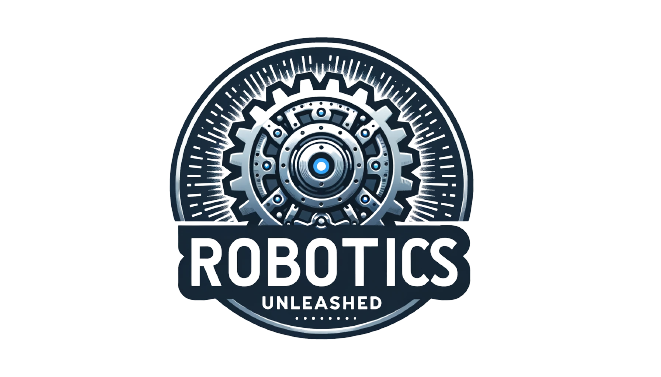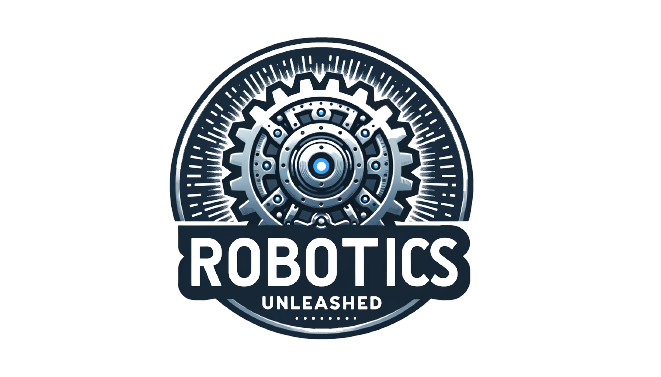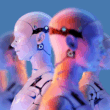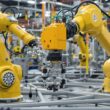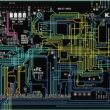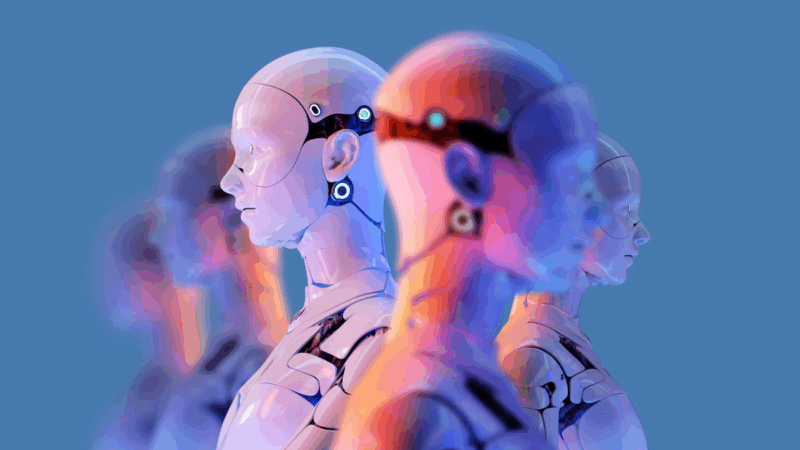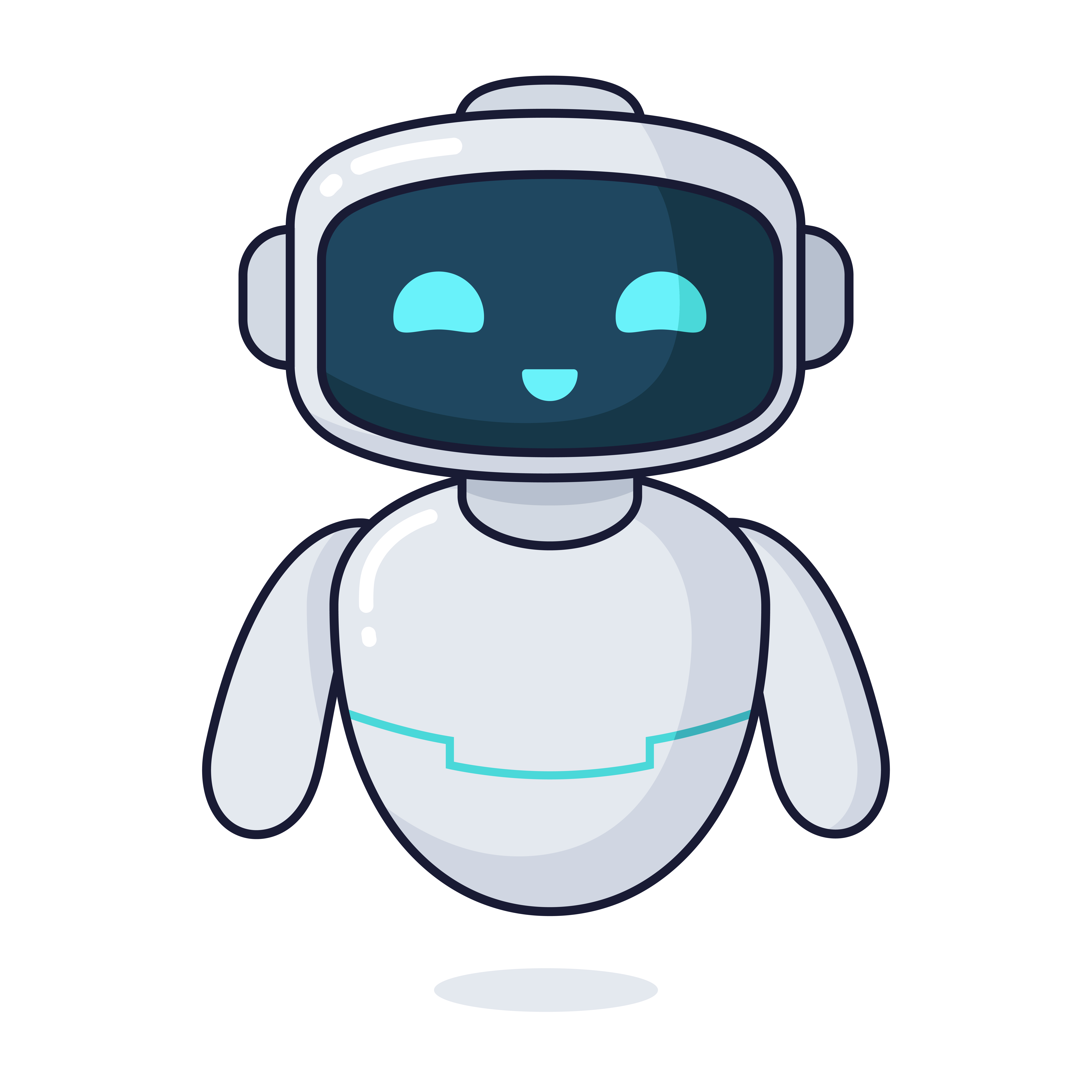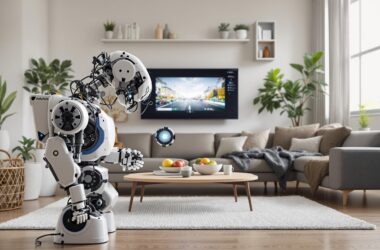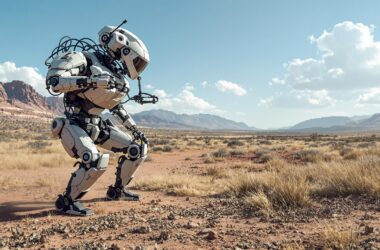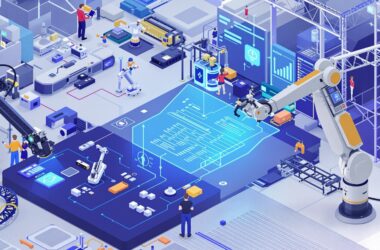Robotics combines mechanical, electrical, and computer engineering disciplines to create machines capable of autonomous or semi-autonomous operation across various industries. From industrial assembly lines to household helpers, robotics technology has evolved from simple automatons to sophisticated AI-powered systems that transform how we work and live.
Key Takeaways
- Robotics integrates multiple engineering disciplines to create machines that automate tasks with reduced human intervention
- The global robotics market is projected to reach $42.82 billion by 2024, reshaping industries worldwide
- From ancient automatons to modern AI-powered machines, robotics has a rich historical evolution spanning centuries
- Beginners can start with entry-level programming and simple electronics using platforms like Arduino
- The future of robotics lies in AI integration and ethical frameworks to address workforce impacts
What is Robotics? A Multidisciplinary Technology
A description of robotics must acknowledge its multidisciplinary nature. At its core, robotics combines mechanical engineering (for physical design), electrical engineering (for power systems), computer science (for algorithms and control), and materials science. If I had to define robotics succinctly, it’s the field dedicated to designing, building, and programming machines that can perform tasks with varying degrees of autonomy.
The robotics definition encompasses several key technical components. Actuators (motors that enable movement) allow robots to interact with their environment. Sensors collect data about surroundings, while processors interpret this information to make decisions. Industrial robots demonstrate the technology’s impact, reducing production errors by up to 60% compared to manual labor in automotive assembly.
Robots excel at completing repetitive, dangerous, or highly precise tasks that might be challenging for humans. Their applications span manufacturing, healthcare, agriculture, and even household chores. This versatility explains why the global robotics industry is projected to reach $42.82 billion by 2024, transforming workplaces worldwide.
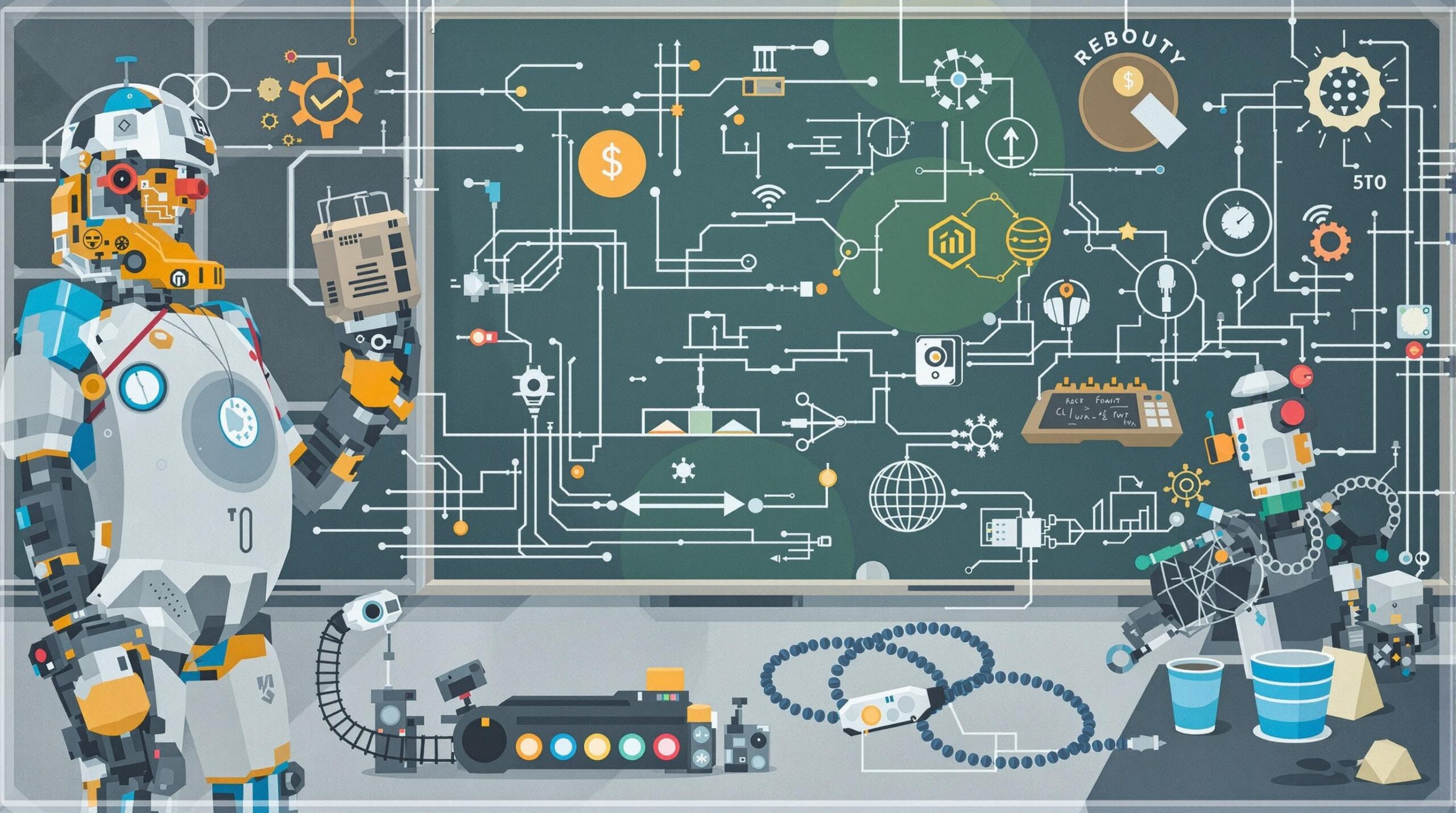
The Evolution of Robotics: From Ancient Automatons to Modern Machines
The history of robotics stretches back centuries before the term was coined. Early pioneers created remarkable mechanical automatons that amazed audiences. Leonardo da Vinci designed a mechanical knight in the 16th century that could sit, stand, and move its arms. Around the same period, Giovanni Torriani built a wooden robot that could fetch bread.
The modern robotics era began in 1961 with Unimate, the first industrial robot deployed in automotive manufacturing. This milestone marked the start of practical industrial applications for robotic technology. Other significant developments followed, including the Cincinnati Milacron T3 in 1973 (the first microcomputer-controlled commercial robot) and Stanford’s Shakey robot in 1970 (pioneering early AI navigation).
The late 20th century saw robotics shift from fixed-task machines to programmable systems with greater flexibility. Honda’s P2 humanoid in 1996 demonstrated advanced bipedal locomotion, while the PUMA 560 surgical arm reduced patient recovery times by 30%, showcasing the expanding potential of robotic applications.
Industrial and Service Robots: Applications Across Sectors
Industrial robots form the backbone of modern manufacturing, with an estimated 2.91 million units expected by 2024 at an average cost of $21.35K per unit. These machines excel in welding, assembly, and packaging applications. In semiconductor manufacturing, robots achieve remarkably low defect rates below 0.1%, highlighting their precision advantages.
A newer category, collaborative robots (cobots), work alongside humans rather than replacing them completely. These machines use force sensors to prevent injuries and can be easily reprogrammed for different tasks, making them ideal for flexible production environments.
Service robots have expanded robotics beyond factory floors. These include:
- Domestic helpers like Roomba vacuum cleaners
- Medical robots such as the da Vinci Surgical System (offering 20% higher success rates)
- Logistics robots for warehouse operations
- Military applications including drones (projected to reach $16.5 billion by 2025)
Getting Started in Robotics: Programming Fundamentals
For newcomers to robotics, programming knowledge forms the foundation of controlling robotic systems. Python and C++ stand out as essential programming languages due to their widespread use in robotics applications. Python offers simplicity for beginners, while C++ provides the performance needed for complex control systems.
Understanding basic electronics concepts helps when working with the physical components of robots. This includes learning about circuits, sensors, and microcontrollers like Arduino and Raspberry Pi, which serve as affordable experimentation platforms. These tools let beginners create simple robots without specialized equipment.
Feedback loops represent a fundamental concept in robotics. They connect sensors (which provide environmental data) with actuators (which create movement) through programmed logic. For example, a robot arm might use camera sensors to identify colored objects, then activate servo motors to sort items accordingly. Online platforms like 98thPercentile offer courses specifically designed to teach these core robotic principles.
Hands-On Learning: Building Your First Robot
Starting with ready-made kits provides an accessible entry point for robotics beginners. LEGO Mindstorms and Petoi’s OpenCat offer pre-designed components that simplify the initial learning curve while still teaching fundamental concepts. These kits include sensors, motors, and programming interfaces that demonstrate robotics principles in action.
Open-source platforms tremendously help new roboticists. The Robot Operating System (ROS) simplifies complex tasks like simultaneous localization and mapping (SLAM) for navigation. This community-supported framework provides libraries and tools that accelerate development and learning.
Educational pathways vary depending on your goals. Institutions like UTI offer 12-18 month programs covering mechanical, electrical, and coding disciplines. However, self-directed learning through project-based approaches can be highly effective. Start with simple tasks like:
- Programming a robot to follow a line
- Building a basic object-avoiding robot
- Creating a simple robotic arm that can pick up objects
The Economics of Robotics: Market Trends and Job Impact
The robotics industry continues experiencing substantial growth, with 2.87 million industrial robot installations in 2023 and 0.43 million service robot installations. This expansion has significant economic implications, both positive and challenging. While robotics has displaced approximately 3.3 million manufacturing jobs globally, it’s also created new roles in robot programming, maintenance, and systems integration.
Looking ahead, adoption rates are expected to accelerate dramatically. By 2030, about 90% of businesses are projected to implement some form of robotics technology. This trend is partly driven by falling equipment costs, with industrial robots expected to drop below $20K by 2027, making them accessible to smaller companies.
The job market is undergoing a significant shift due to these technologies. Demand for manual labor in repetitive tasks is decreasing, while opportunities for robotics specialists, technicians, and integrators are growing. This transition creates both challenges and opportunities for workforce development and education systems.
AI and Robotics: The Next Frontier
The integration of artificial intelligence with robotics represents perhaps the most exciting frontier in the field. Machine learning enables robots to optimize tasks through trial-and-error approaches, similar to how humans learn. Tesla’s Optimus humanoid robot showcases this approach, learning complex movements through repeated attempts rather than explicit programming.
Market projections reflect this convergence, with the AI robotics sector expected to reach $184.75 billion by 2025. This growth isn’t limited to traditional robotics applications but spans emerging fields like soft robotics, which uses flexible materials such as silicone to create robots that can safely interact with humans, particularly in healthcare settings.
Other notable innovations include swarm robotics, where multiple simple robots work together like insect colonies to tackle complex tasks. For instance, drone fleets can monitor agricultural crops more efficiently than single larger drones. Warehouse automation represents another major growth area, with 4 million warehouse robots expected globally by 2025.
Ethical Considerations and Future Challenges
As robotics becomes increasingly integrated into society, several ethical questions demand attention. The acceleration of automation raises legitimate concerns about workforce displacement. Industries must consider how to balance technological advancement with human employment needs.
Autonomous weapon systems present particularly complex ethical dilemmas. Should robots make life-or-death decisions in conflict situations? This question highlights the need for robust regulatory frameworks governing robotic applications with significant human impact.
Privacy implications also require careful consideration. Robots equipped with cameras, microphones, and other sensors in homes and workplaces collect vast amounts of data. This raises questions about data ownership and security. Additionally, as human-robot interaction increases, standardized safety protocols become essential.
Despite these challenges, robotics offers tremendous potential for addressing pressing global issues like climate change, disaster response, and healthcare access. The democratization of robotics through lower-cost components and open-source software may help distribute these benefits more equitably.
Sources
Wikipedia – Robotics
Petoi – What is Robotics: Definition, Types, and Practical Applications
UTI – The Definitive Timeline of Robotics History
98thPercentile – Robotics for Beginners: Programming Your First Robot
Coolest Gadgets – Robotics Industry Statistics
